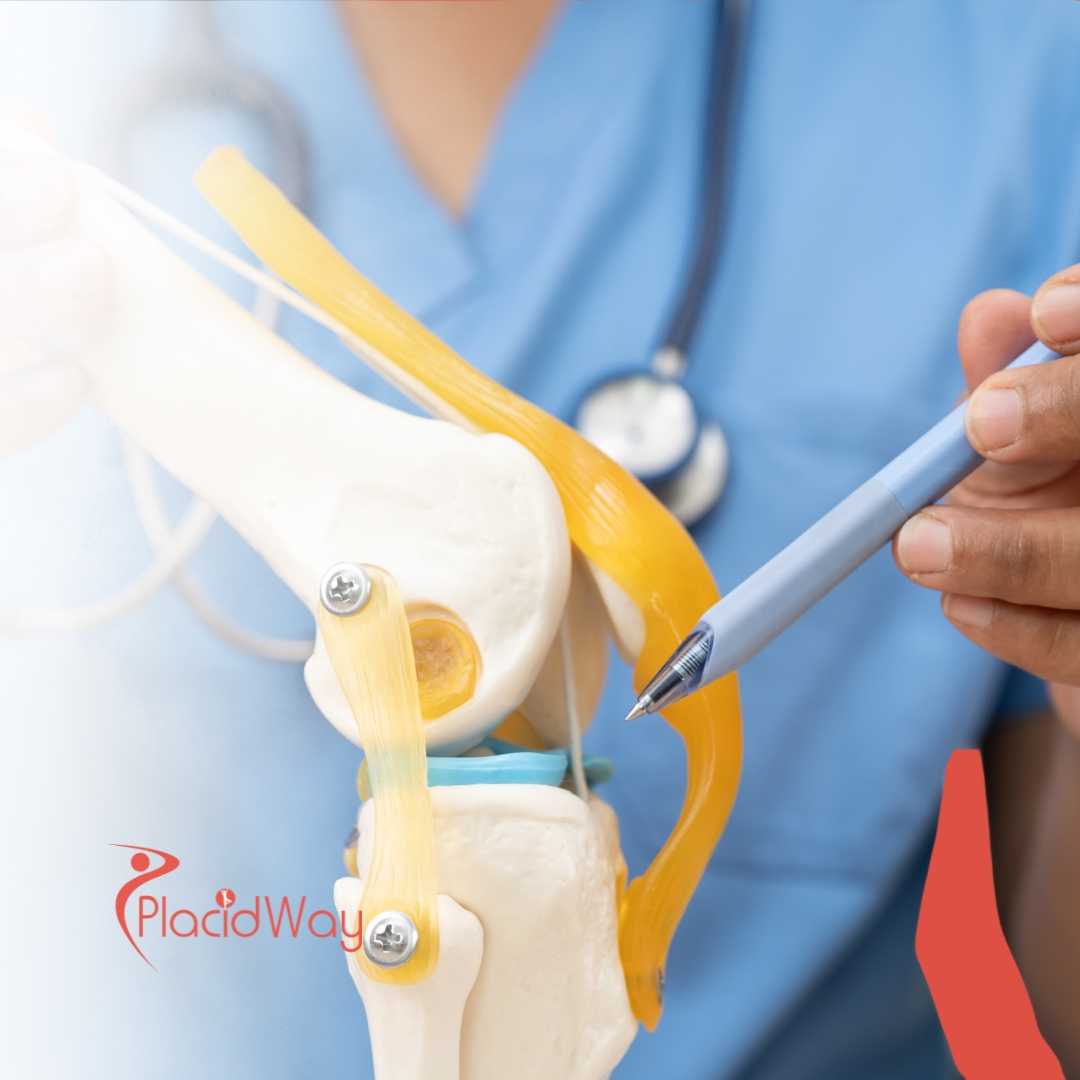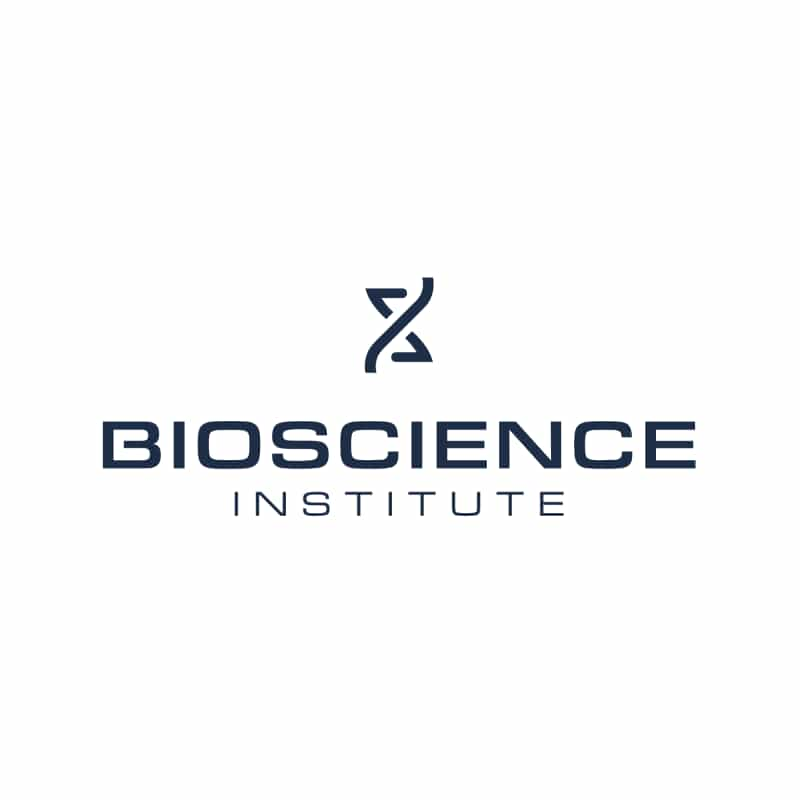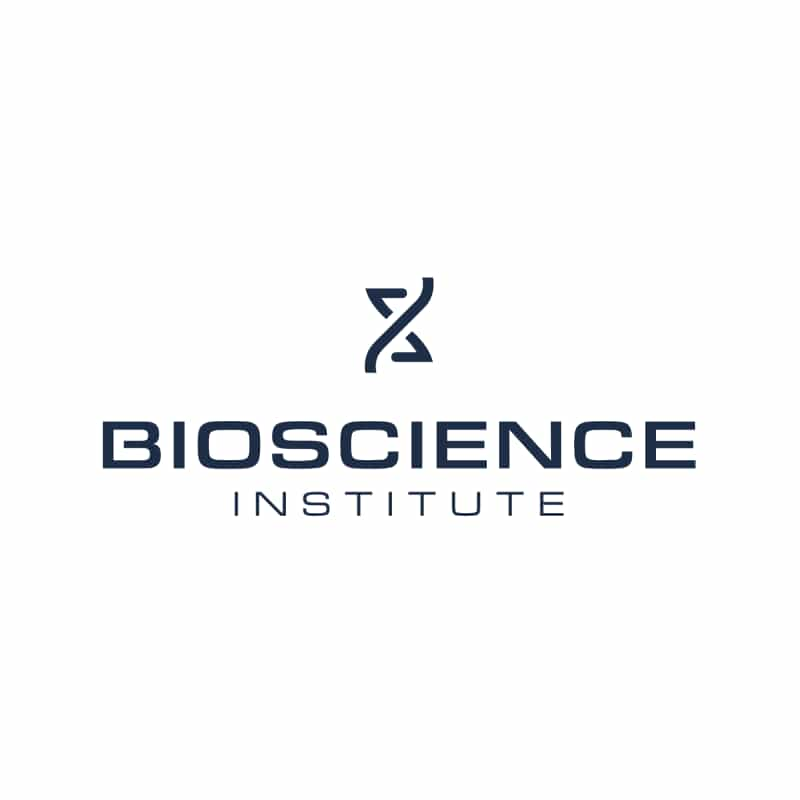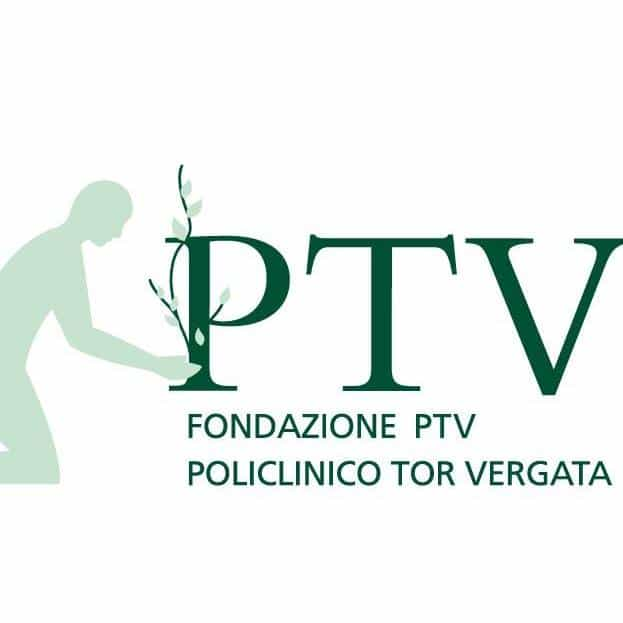The Real Cost of Stem Cell Therapy in Dubai: A 2025 Risk & Price Analysis
.png)
Dubai, a city synonymous with cutting-edge technology and luxury, has rapidly emerged as a major hub for advanced medical tourism. Among the most talked-about procedures are those in the field of regenerative medicine, leading many to ask a compelling question: "What is the average cost of stem cell treatment in Dubai?" While an answer to this question exists, it is impossible to discuss it without first addressing a critical reality: the vast majority of stem cell treatments marketed to tourists for general "wellness" or "anti-aging" are not scientifically proven and exist outside of mainstream medical approval.
It is essential to differentiate between two very different worlds of stem cell therapy. On one hand, there is the legitimate, evidence-based use of stem cells, such as bone marrow transplants for treating blood cancers, which are performed in top hospitals. On the other hand, there is a booming direct-to-consumer market of private clinics offering intravenous (IV) stem cell infusions for a host of unproven conditions, from anti-aging and chronic fatigue to autism and Alzheimer's. While Dubai's Health Authority (DHA) has a regulatory framework for certain cellular therapies, many of these wellness applications operate in a global gray market, driven by powerful marketing and patient hope.
This guide will provide a transparent and realistic look at the world of stem cell treatments in Dubai. We will break down the claimed costs for these unproven therapies, explain what the procedures entail, and contrast the marketing promises with the official consensus from leading scientific and regulatory bodies. Our goal is to provide you with the information needed to understand not just the financial price, but the very real health and safety risks involved in pursuing experimental treatments.
What is the cost of stem cell treatment in Dubai?
This wide price range is influenced by numerous factors set by the private clinics themselves. Unlike a standard surgical procedure with established fee schedules, the cost of "wellness" stem cell therapy is determined by the provider's own business model. Understanding these factors can help you see why the prices are so variable.
Factors that influence the final cost include:
- The specific condition being treated: Clinics often charge more for complex neurological or autoimmune conditions than for general "anti-aging."
- The type and source of cells: The claimed source of the mesenchymal stem cells (MSCs)—such as from a patient's own fat (autologous) or from donated umbilical cord tissue (allogeneic)—can affect the price.
- The number of cells and sessions: Packages are often priced based on the "millions of cells" being administered and the number of IV infusions required.
- The clinic's brand and location: A luxury "regenerative medicine" clinic in a prime Dubai location will charge a premium for its services and amenities.
What do clinics claim these treatments can do?
The marketing is powerful and leverages the legitimate excitement around stem cell science. The core idea presented is that an IV infusion of new stem cells can "reboot" the body's natural repair mechanisms. While this is a compelling concept, it is a vast oversimplification and is not supported by current scientific evidence for these broad applications. The testimonials featured by these clinics are anecdotal and do not replace the need for large-scale, controlled clinical trials to prove that a treatment is safe and effective.
These direct-to-consumer treatments stand in stark contrast to legitimate, approved stem cell therapies like bone marrow transplants (hematopoietic stem cell transplantation), which are used to treat specific blood and immune system disorders and are supported by decades of rigorous scientific research.
What is the official medical and scientific view?
Reputable scientists caution patients about the gap between the marketing hype and the scientific reality. Here are the key points from the mainstream medical community:
- Lack of Proof: There are no credible, peer-reviewed, large-scale clinical trials that demonstrate that IV infusions of stem cells have any effect on the aging process or improve conditions like chronic fatigue or autism.
- No Clear Mechanism: When stem cells are infused into the bloodstream, most are trapped in the lungs and filtered out quickly. There is no evidence that they travel to target organs to perform "repairs" as claimed.
- Safety Concerns: The use of unapproved and unregulated cellular products carries serious risks.
In short, while the potential of stem cells is real, the clinical application for most diseases—and certainly for "anti-aging"—is still in the early research stages. The treatments being sold commercially today have jumped far ahead of the science.
Is stem cell therapy regulated in Dubai?
The DHA has established standards for certain types of autologous (using the patient's own cells) therapies. This provides a framework for safety and quality for approved procedures. However, the regulatory status of clinics offering allogeneic (donor) cells for unproven "wellness" indications is a gray area. Clinics may have a general license to operate but may be making therapeutic claims that are not officially sanctioned or scientifically validated.
The existence of a regulatory body like the DHA is a positive step, but patients must still be extremely cautious. A clinic's license does not automatically mean that the specific treatment they are offering for a specific condition is proven to be effective or safe. Always ask a clinic what specific DHA standards they are following for their procedure.
| Aspect | What the Clinic May Claim | The Important Reality |
|---|---|---|
| Cost | A premium price for a high-tech, revolutionary treatment. | An arbitrary price for an experimental procedure with no proven value. |
| Efficacy | "Reverses aging," "repairs organs," "boosts vitality." | Not supported by credible scientific evidence. |
| Safety | "Safe and natural," "using the body's own healing." | Carries risks of infection, immune reaction, tumor growth, and fraud. |
| Regulation | "We are a licensed clinic." | The license may not cover the specific unproven claims being made. |
What are the real risks of undergoing unproven stem cell treatments?
Before considering such a treatment, it is vital to understand the potential downsides that are often minimized in promotional materials:
- Physical Harm: If the cell products are not sourced, processed, and administered under strict, sterile, government-monitored conditions, they can be contaminated. There have been documented cases globally of patients suffering from severe infections and other serious adverse events.
- Financial Harm: The cost of these treatments is enormous. This money is spent out-of-pocket on a procedure with no guarantee of any benefit, diverting funds that could be used for evidence-based healthcare and wellness strategies.
- Emotional Harm: The cycle of investing immense hope and money into a promised cure, only to realize there is no significant change, can be emotionally devastating.
When exploring medical treatments, especially those involving advanced science, it is essential to prioritize safety, evidence, and regulatory approval. For legitimate, proven medical procedures offered by a global network of accredited hospitals and clinics, you can explore vetted options on PlacidWay.


.png)











Share this listing